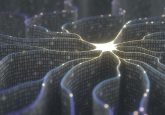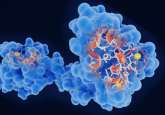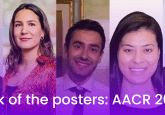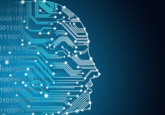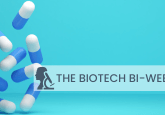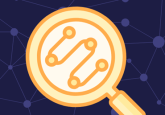Aiforia translates images into new discoveries with deep learning AI
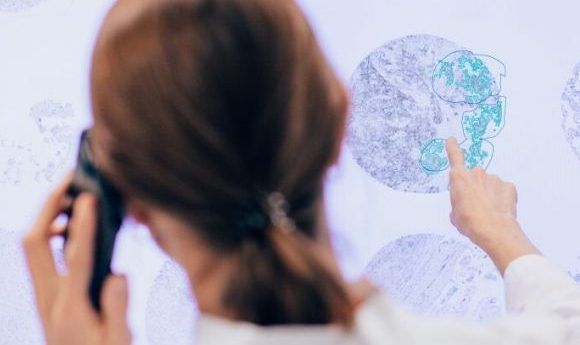
Dr. Leena Strauss has taught disease model pathology for the past decade. She is based at the University of Turku’s Institute of Biomedicine as a lecturer and researcher. Leena is one of the first adopters of digitizing teaching in pathology: “I wanted to be ‘in the front line’ in teaching as well,” she described. After using the now named Aiforia Hub to take her images online and standardize course materials she decided to explore Aiforia’s other offering: deep learning AI.
Leena’s research focuses on the action of sex steroid hormones in a broad range of diseases, from reproductive disorders to metabolic syndromes. She has taken a particular focus on estrogen and uses genetically modified mice as models for human diseases. In the female mouse the estrus cycle corresponds with the human menstrual cycle. Following the estrus cycle over a long period of time will reveal much about the reproductive function of a mouse.
Microscopic challenges
The stage of the estrus cycle can be determined by cytology through the microscopic examination of vaginal smears from mice. This is a time-consuming process though as many of Leenas’ studies involve high numbers of mice and many samples over many weeks.
Leena recently started to work with one of the scientists at Aiforia to automate this image analysis with deep learning AI. When asked if she knew much about AI before embarking on this project, Leena explained that she had done an online course through the University of Helsinki to help her understand the basics. But actually using AI, this was new to her.
Creating AI models without coding
With 300 slides hematoxylin stained, digitized, and ready to go Leena has already started to create her own deep learning AI models with Aiforia Create.
“I was afraid that it was too difficult for me. Luckily, I was wrong,” she explained. Aiforia’s cloud-based solution enables healthcare professionals to train and create their own deep learning models without any coding needed.
By automating this burdensome image analysis work Leena not only looks to accelerate her research but to also perhaps expand her findings. The samples collected in these studies are often not explicit. Certain features or patterns are difficult for the human eye to discern on its own. With deep learning AI beginning to surpass our own capabilities, the expectation is that the Aiforia models Leena creates, will help her discover more, faster.
Learn more about Aiforia here.
